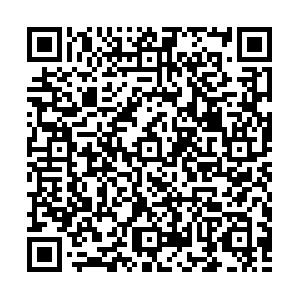摘要:
彗星实验是瑞典科学家Ostling和Johanson于1984年发明的检测毒物DNA损伤效应的方法。它经历了从最初的微电泳技术、中性彗星实验、碱性彗星实验、酶切彗星实验和双向垂直彗尾彗星实验等不断完善的发展过程。在毒理学、遗传学和环境生态科学等领域有着重要的应用,是经济合作与发展组织(OECD)和欧洲食品安全局等国际组织推荐的测定遗传毒性的方法之一。彗星实验的关键点包括单细胞悬液的制备、细胞裂解液的成分与比例,低熔点琼脂糖凝胶的浓度,电泳条件等。在典型应用领域,如蚯蚓、鱼、两栖动物、鼠和人的彗星实验很难找到标准实验方案。成功的彗星实验还需关注,实验设计时必须包括阳性对照,结果表述时必须有图为证,实验方案可能因物种或细胞而异。
Abstract:
In 1984, the Sweden scientists, O. Ostling and K.J. Johanson, devised the "comet assay" to identify substances that cause DNA damage. Since then, it has experienced refinements that include several improvements such as microelectrophoresis, the neutral comet assay, the alkaline comet assay, the enzyme-modified comet assay, and the two-dimensional perpendicular tail comet assay. This general method is applicable to wide fields of interests including toxicology, genetics, environmental sciences & ecology, and others. Organization for Economic Co-operation and Development (OECD) and the European Food Safety Authority recommend comet assay as an integral part of their genotoxicity testing strategy. The critical procedures in the comet assay involve the preparation of a single-cell suspension, modifications to the lysis buffer, the percentage of low melting point agarose, electrophoresis conditions, etc. It is difficult to standardize protocols for earthworm, piscine, amphibians, murine, and human subjects. Successful comet assay must also include key points such as inclusions of positive controls in experimental design, good comet image as supporting evidence, and the development of special protocols depending on species and cell types.


 点击查看大图
点击查看大图


 下载:
下载:
